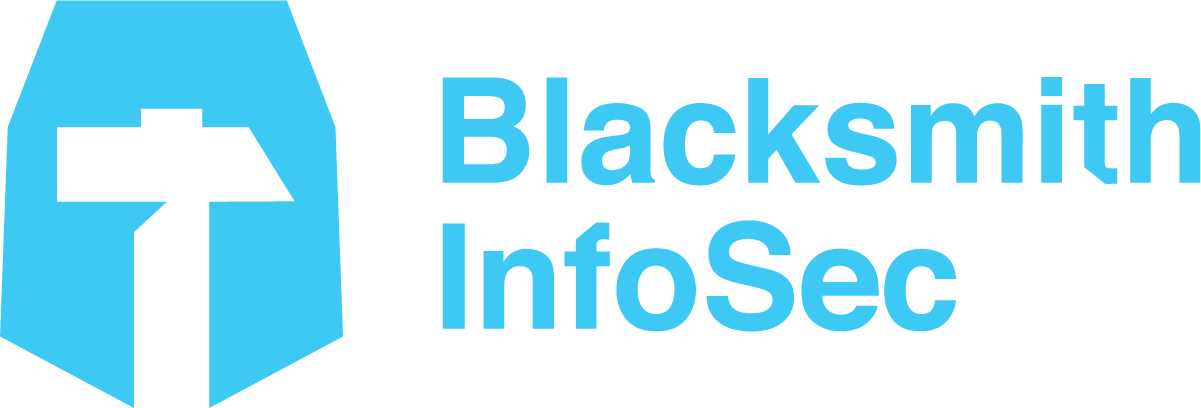
In the medieval example, gold would have been stored in a guarded vault, which would have limited access to only those people authorized to access it. A royal treasurer would have kept ledgers tracking the quantity of gold held, who owned it, etc. That likely would have been kept securely in a separate location so that it was more easily accessed but would still have required a level of security necessary to protect the information contained in it – think encoding the list of assets in a way that only select people would have understood.
Today, we use similar approaches to protect our data. We store the data in digital vaults and databases, encrypt it, and enforce passwords and multi-factor authentication (MFA) to access it. Access to data is typically limited to a select few individuals / teams at your organization using the “Principle of Least Privilege”, meaning only granting a user access to the data they absolutely require for their job and nothing else. The data itself should be encrypted “at rest and in transit”. Essentially, this boils down to making sure the data is encrypted where it is stored – in the data vault – and while it is traveling across the internet to the person accessing it. You have probably seen the “Not Secure” label in your browser bar if you visit a site like http://httpforever.com using an unencrypted connection. To further protect the confidentiality of your data, use a Virtual Private Network (VPN) connection to create a private tunnel for your data to travel through. This is especially important when using public Wi-Fi connections, such as at a coffee shop or the airport.





